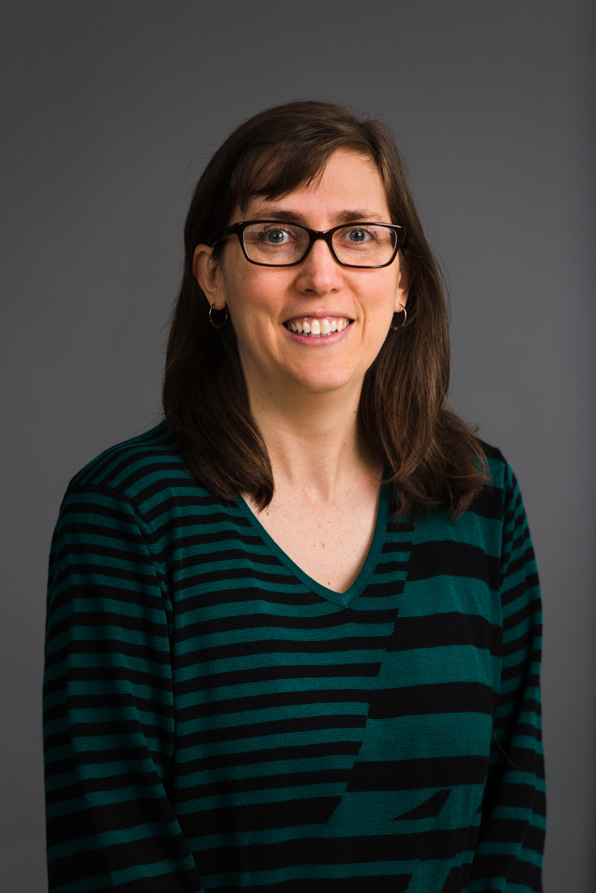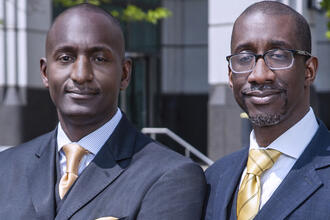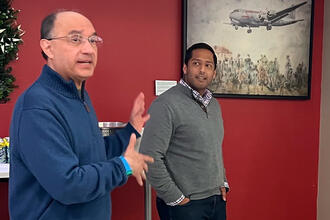
Understanding and avoiding the fake news trap
There is as much as 500 percent more demand on our attention than there used to be not so very long ago. At the same time we are being inundated with digital information and images at every turn, we are being asked to remember more, to cull the important information from the "noise," to suss out fact from fiction, and to understand the motivated intent behind the pushers of ideas. Is this simply too much to ask of our brains? Are we doomed to be duped by groundless ideas and to become pawns in someone else's game of persuasion?
Not necessarily, but it is important to know what we're up against in the battle for clarity, because the unfortunate truth is that we are all susceptible to believing, and spreading, misinformation. As the saying goes, forewarned is forearmed.
- It is much easier, cognitively, to believe what you read than to disbelieve it. Disbelief requires the ability to break apart the claims being made and refute parts of it individually first, and then reach the overall conclusion that the whole is not credible. This takes more time than we necessarily have or choose to give to the ideas we encounter.
- We're hard-wired to pay attention to certain kinds of information over others. Information that supports what we already think on a topic (even if only in a subconscious way), for example, is much more readily understood, remembered, and agreed with than dissenting information, as are emotion-laden ideas and images. Information that has a story-like “plot” with a reasonable-seeming cause-and-effect chain also satisfies our brains more than a collection of facts that take more work to assemble. Do vaccines cause autism? Scientists offer a resounding no to this question, but the simple logic of “X causes Y” (especially in the absence of a similarly simple chain of explanation offered by science on what does cause autism) has helped to make this claim so hard to eradicate.
- Especially in this age of overload, mere exposure makes something seem familiar and correct. In a classic article called "Becoming famous overnight," it was shown that exposing people to a name on a random list made them recognize that name and erroneously identify it as belonging to a famous person only 24 hours later, but not immediately after reading the list of names. This is called a "sleeper" effect – ideas that seem distantly familiar become more meaningful upon second sight, which puts us all at risk of misremembering fiction as fact.
- Finally, there's the social media problem: People believe family and friends more implicitly than strangers, so misinformation being spread through social media has a better chance of working its way into our beliefs. We also love rumors in general. We thrive on having something to tell people that will capture their attention, and it is far easier to share something that has already been created than to search for or create something else.
As educated people, we pride ourselves on being able to tell fact from fiction. (And in theory, we all know how to explore sources and consider motivation, seek corroboration, and fact-check when necessary). A local middle-school teacher is even requiring his students to research the author and the website (for motivation and intent) of any material the students wish to cite. While this practice may be more involved than we are able to put into use on a daily basis, the spirit of it is sound. We all need to do our part to make sure we engage with the information that we come across in thoughtful and purposeful ways.

Terri Kurtzberg is an associate professor of Management and Global Business at Rutgers Business School. Her third book, “Distracted: Staying Connected without Losing Focus” was co-authored by Jennifer Gibbs and published in 2017.
Press: For all media inquiries see our Media Kit


